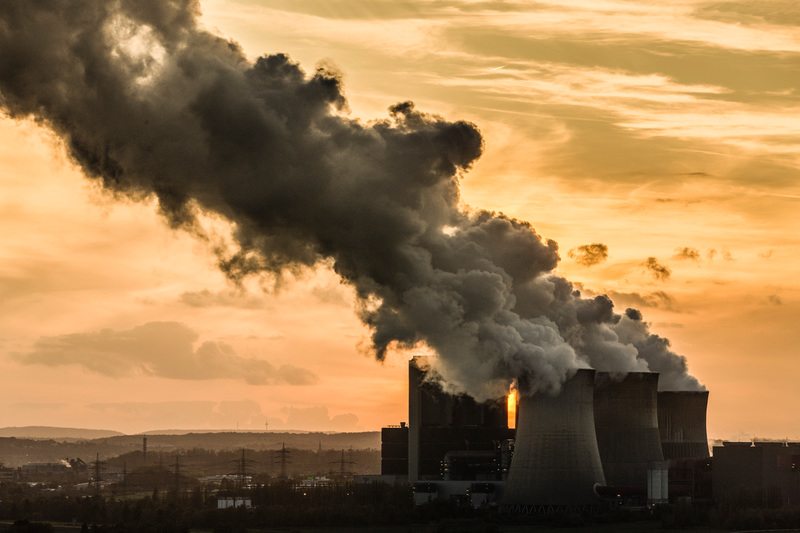
Braunkohlekraftwerk Weisweiler bei Eschweiler im Rheinischen Braunkohlerevier, betrieben von RWE AG. Dampf steigt aus Kuehltuermen auf.
OPLE who watch energy markets often claim the International Energy Agency’s (IEA) regular World Energy Outlook (WEO) repeatedly gets it wrong.
This post was first published in Independent Australia.
The IEA was established by wealthy countries in 1973, in the wake of the global oil crisis and is supposed to promote energy security, development and environmental protection.
Although governments should consider other sources, the IEA has become the most important input into government decision-making about energy.
The same claims of bad forecasts are also occasionally made about the Institute for Energy Economics and Financial Analysis (IEEFA) — an independent group of highly experienced analysts, who argue that the coal industry is in structural decline. One way of resolving this tension is to assume that the truth lies somewhere in the middle. But, of course, a far better way is to check their past predictions against observed reality and, by this measure, IEEFA is consistently very close and the IEA is somewhere out in the outer rings of Saturn.
In a world that has come to depend so strongly on energy, bad forecasts carry disastrous consequences for financial markets, international relations, war and peace, employment, social planning and, of course, climate change.
Which begs the question: why is the IEA so far off the mark? The answer might lie in their Coal Industry Advisory Board (CIAB), which was set up by the IEA to inform the agency about the future of the coal industry. However, rather than being made up of experts, like analysts, economists and futurists, the Coal Industry Advisory Board is made up exclusively of CEOs and very senior managers for companies that trade in coal, sometimes exclusively.
The Australian coal industry has four representatives on the advisory board, of whom Greg Everett, the CEO of Sunset Power, who owns the Vales Point Power Station at Lake Macquarie, is one. Vales Point spits out about as much carbon as Jamaica.
Peter Freyberg is the Head of Coal Assets at Glencore, which is the biggest thermal coal mining company in Australia. Glencore has been accused of violating Indigenous rights and poisoning rivers at the McArthur River Mine in the Northern Territory. Glencore also happens to be very good at avoiding corporate tax.
James Palmer is the “Asset President, Coal” at BHP Billiton. Although BHP was the largest coal producer in Australia, BHP’s strategy is to get out of coal, making Palmer’s job very hard.
The last representative is Jeyakumar Janakaraj, the CEO of an outfit you may have heard of — Adani. Adani, of course, wants to build a massive toxic coal mine in Queensland and ship it through the Great Barrier Reef, with a free water licence in drought-stricken Queensland. Which begs the question: why does the guy who runs the company get to help write the most authoritative report in the world on the future of the coal industry? Nice work if you can get it.
In defiance of the laws of thermodynamics, the information system driving decision-making around energy looks like a closed system, where the coal industry tells the IEA what it thinks demand for coal will look like in decades to come, the IEA tells decision-makers that coal will be around for decades, and the companies get to claim that the IEA supports their arguments. A generous way to look at it would be to assume that the industry’s subconscious biases are seeping into the World Energy Outlook. A more sinister view is that the industry is running a self-protection racket.
You would think that Department Secretaries, the Planning and Assessment Commission and the Queensland Land Court would research who writes these reports and work out whether their claims stack up. Unfortunately, given our tendency to wrongly attach weight to opinions coming from perceived authorities, communities challenging coal, oil and gas projects have to argue why their claims are more justifiable than the World Energy Outlook.

